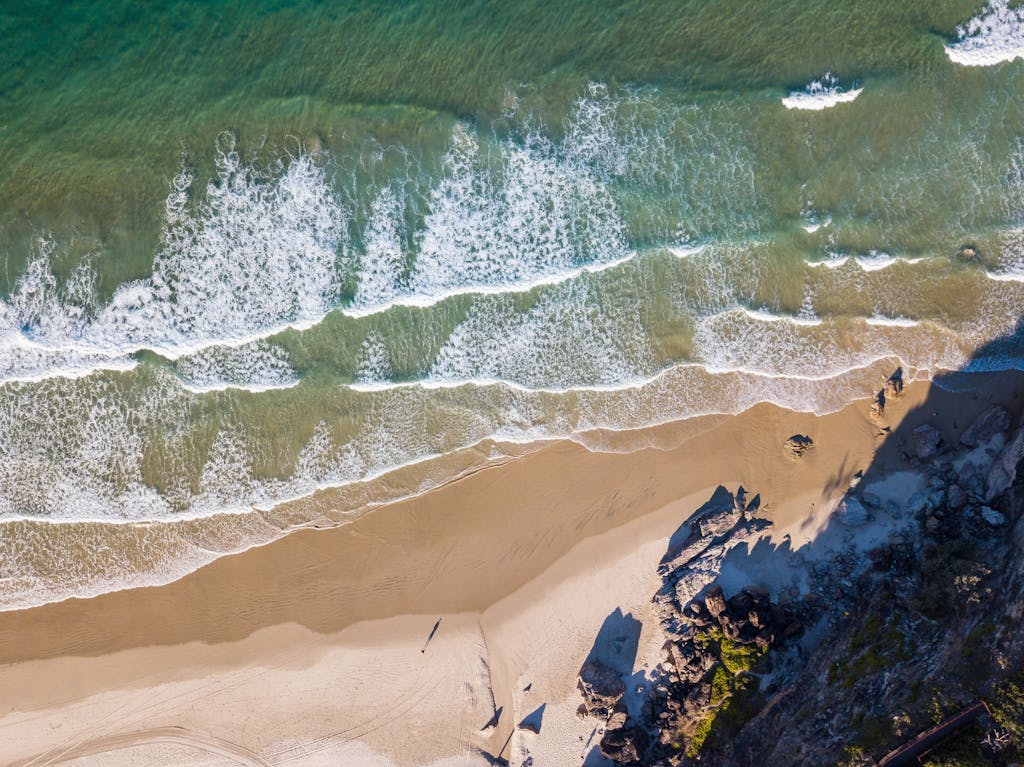What Should I Pack for a Trip to Australia?
introduction
Planning a trip to Australia involves more than just booking flights and accommodations. Knowing what to pack for a trip to Australia is crucial for having a smooth and enjoyable experience. In this comprehensive guide, we’ll cover everything you need to consider when packing for this diverse and expansive country. From understanding the climate to packing essentials for various activities, this post will ensure you’re fully prepared for your Australian adventure. Ready to find out what you should bring to make the most of your trip? Let’s dive in!
Understanding Australia’s Climate and Terrain
Varied Climates
Australia’s climate is as diverse as its landscape. Here’s a breakdown of what to expect in different regions:
- Northern Regions (e.g., Cairns, Darwin): These areas have a tropical climate characterized by hot and humid summers with temperatures often exceeding 30°C (86°F), and mild, dry winters. Expect frequent rain during the wet season from November to April.
- Southern Regions (e.g., Melbourne, Sydney): The southern parts of Australia experience a temperate climate with cooler winters and warmer summers. Summer temperatures can range from 20°C to 30°C (68°F to 86°F), while winter temperatures can drop to around 10°C to 15°C (50°F to 59°F).
- Central Regions (e.g., Alice Springs, Uluru): Central Australia has an arid climate with extreme temperature variations. Days can be scorching hot, reaching up to 40°C (104°F), while nights can get quite cold, often dropping below 10°C (50°F).
Terrain Considerations
Australia’s terrain varies from stunning beaches and dense rainforests to vast deserts and rugged mountains. Your itinerary will influence the type of clothing and gear you should pack. For example, if you plan to explore the Outback, you’ll need different items than if you’re visiting urban areas or coastal regions.
Essential Packing List for Australia
Clothing
- Casual Wear: Lightweight, breathable fabrics are essential for the hot climate. Pack items like shorts, t-shirts, and sundresses for daytime activities. Opt for clothes that can be layered to adapt to varying temperatures.
- Layering Options: Even in warmer regions, temperatures can drop in the evening or during cooler seasons. Pack a light jacket or sweater for added warmth.
- Swimwear: Australia is famous for its beautiful beaches and pools, so include swimwear for beach days or poolside relaxation.
- Activewear: If you plan on hiking or participating in outdoor activities, bring moisture-wicking and comfortable clothing suitable for physical exertion.
Footwear
- Comfortable Walking Shoes: Essential for exploring cities, national parks, and other attractions. Choose shoes that provide good support and are comfortable for extended wear.
- Beach Footwear: Flip-flops or sandals are perfect for beach outings and casual wear.
- Hiking Boots: If your itinerary includes bushwalking or hiking, sturdy, comfortable hiking boots are a must.
Accessories
- Sun Protection: Australia has high UV levels, so protect yourself with sunglasses, a wide-brimmed hat, and sunscreen with high SPF. Sunscreen should be applied regularly throughout the day.
- Bug Repellent: Particularly important for northern regions, where insect activity can be high, especially during the wet season.
- Reusable Water Bottle: Staying hydrated is crucial in Australia’s often hot and dry conditions. A reusable water bottle is environmentally friendly and practical.
Health and Safety Items
- Travel First Aid Kit: Include basic items such as bandages, antiseptic, pain relievers, and any personal medications you may need.
- Travel Insurance Documents: Keep a copy of your insurance policy and emergency contact details handy.
Advantages and Disadvantages
- Advantages
- Versatility: A well-thought-out packing list allows for a range of activities and climate conditions, ensuring you’re prepared for various situations.
- Preparedness: Having the right gear can enhance your comfort and safety, making your trip more enjoyable.
- Disadvantages
- Overpacking Risks: Bringing too many items can make your luggage heavy and cumbersome, leading to potential inconvenience during travel.
- Weather Uncertainty: Australia’s climate can be unpredictable, making it challenging to pack perfectly for every scenario.
- Problems and Concerns
- Climate Variability: Sudden weather changes can affect your packing needs. Checking the forecast regularly can help you adjust your packing list accordingly.
- Luggage Restrictions: Airlines may impose weight limits on luggage, so be mindful of packing efficiently to avoid additional fees.
- Health and Safety: Be aware of any specific health concerns related to the areas you’ll visit, such as the presence of certain diseases or environmental hazards.
- Dos and Not Dos
- Dos
- Do Check the Weather Forecast: Before finalizing your packing, check the weather forecast for the regions you’ll be visiting to ensure your clothing and gear are appropriate.
- Do Pack Light: Aim to pack versatile items that can be mixed and matched, reducing the overall weight of your luggage.
- Do Include Essentials: Make sure you have all necessary items, such as sun protection, bug repellent, and health supplies.
- Not Dos
- Don’t Overpack: Avoid bringing items you’re unlikely to use. Focus on packing essentials and versatile clothing.
- Don’t Forget Important Documents: Keep your passport, visa, and travel insurance information in a safe and accessible place.
FAQs - What is the best way to pack for varying climates in Australia?
- Pack layering options and versatile clothing that can be adapted for different weather conditions. Consider packing a mix of lightweight clothing for hot weather and warmer layers for cooler evenings.
- Should I bring a backpack or a suitcase?
- A backpack is ideal for flexibility and ease of movement, especially for outdoor activities and when traveling between locations. A suitcase is useful for urban areas where you’ll be staying in one place for a while.
- Is it necessary to pack any special gear for Australian wildlife?
- Bring bug repellent to protect against insects, and be aware of safety recommendations for wildlife encounters. If you plan to explore more remote areas, research any specific gear you might need.
- How much sunscreen should I pack?
- Pack enough sunscreen for daily use, especially if you’ll be spending a lot of time outdoors. Consider bringing a travel-sized bottle and a larger refillable container.
- Are there any items that are banned or restricted in Australia?
- Check Australian customs regulations for restrictions on items such as certain food products and agricultural goods. Avoid bringing prohibited items to ensure a smooth entry into the country.
My Advice - For a successful trip to Australia, focus on packing light and choosing versatile clothing and gear. Tailor your packing list to the activities you plan to engage in and the regions you’ll visit. Regularly check weather forecasts and be prepared for various conditions. Prioritize comfort and practicality in your packing choices to enhance your travel experience.
Conclusion - Packing for a trip to Australia involves careful consideration of the country’s diverse climates and terrain. By understanding the weather patterns and preparing a versatile packing list, you can ensure a comfortable and enjoyable trip. With the tips and advice provided, you’ll be well-prepared to explore Australia’s stunning landscapes and vibrant cities with confidence.
- Check Australian customs regulations for restrictions on items such as certain food products and agricultural goods. Avoid bringing prohibited items to ensure a smooth entry into the country.







